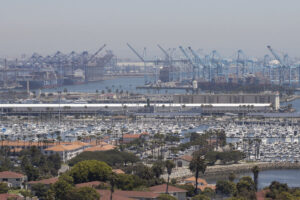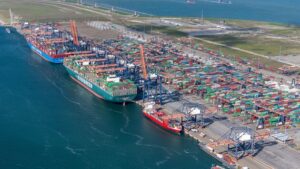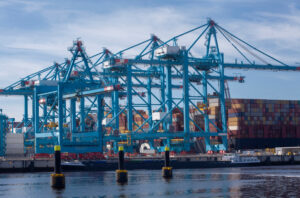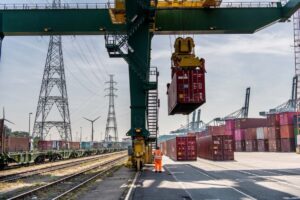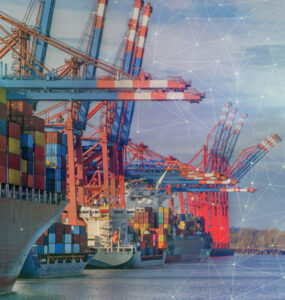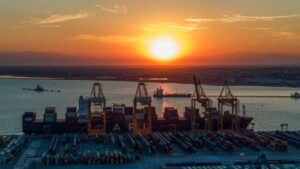With many Asian ports still recovering from 2014 congestion problems, concerns linger over fears that Asian operators will not be able to find solutions to a decrease in productivity and the lengthy delays at its terminals.
According to the Journal of Commerce, the big terminals in Asia are holding onto containers for longer periods because of the volume surges caused by the new class of megaships.
New alliance structures are adding to the complexity of cargo-handling as the number of inter-terminal truck moves to haul cargo to feeder vessels increases, and thus, begins to reduce port efficiency.
Terminal design is also said to be an on-going issue at many Asian ports in areas that include Keelung in Malaysia, Incheon, Cat Lai in Ho Chi Minh City and Hong Kong, where increasing volumes cannot be handled properly due to limited space.
Asia in Megaship-Terminal Conundrum. (Source: Daily Mail)
The ports of Ho Chi Minh City, Manila and Nhava Sheva saw almost half of container ships arriving late by more than 12 hours between October 15 and November 15, 2014. Some delays were more serious, lasting over 24 hours.
Robert Sallons, Managing Director of Cheng Lie Navigation, said: “The container volumes are strong in intra-Asia, but we are having to spend more money on schedule recovery than before.
“On long-haul Asia-Europe services, carriers can recover schedules between ports, but that cannot be done in Asia, where the transit times are so much shorter. So we have to increase speed or slide services.”
Asia in Megaship-Terminal Conundrum. (Source: Aecom)



